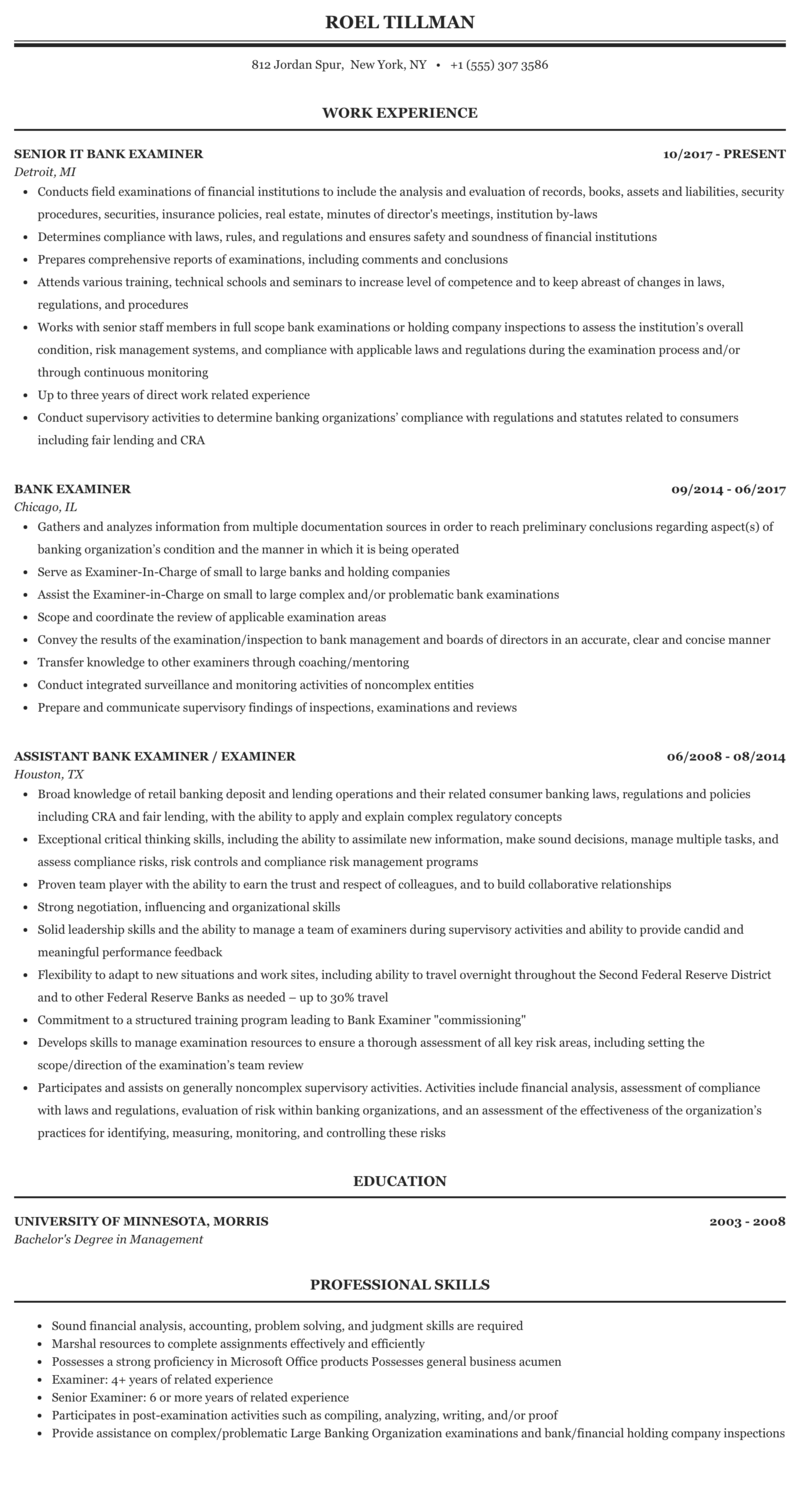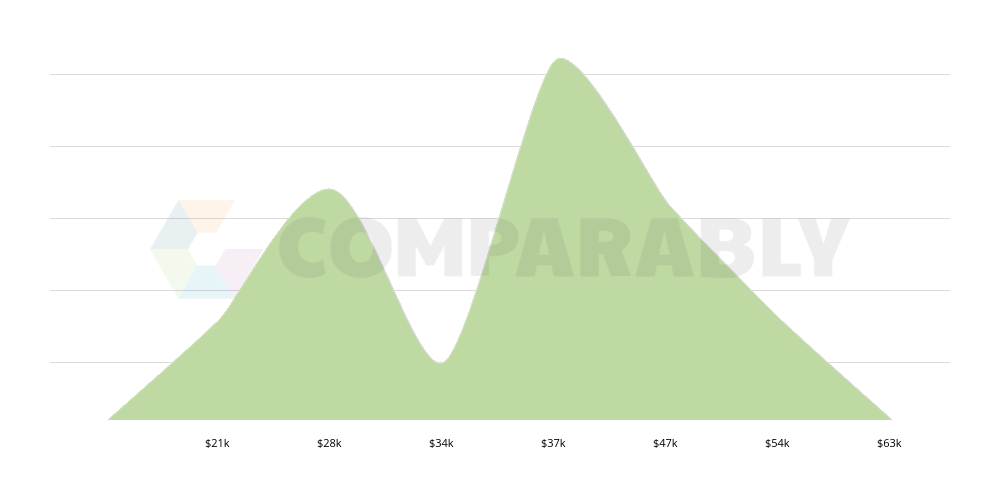
A company ledger records all financial transactions that occur within a company. Typically, these transactions are categorized into different accounts for different purposes. Each account is a bucket' with different value and balances. A chart of accounts is a listing of all the accounts within a company's ledger. This chart helps you to categorize all financial transactions in a company's ledger.
Company ledger Accounts
The company's ledger consists of many files. These files show the accounts of a company. Posting transactions refers the process of transferring a transaction to a specific account within a company's ledger. There are two types, the general and the subsidiary. The general ledger allows transactions to be recorded, while the secondary ledger allows for grouping accounts. Consolidating related accounts can improve the overall organization of a company's general ledger.
The company's ledger is a comprehensive list of all accounts and balances. The general ledger is the most basic and is comprised of T-accounts. This ledger contains all the company accounts' activities.
General ledger
A general leaning is a collection of financial information that stores the financial data for a business. Each transaction on the ledger corresponds to a source document or journal entry. A document can be an invoice or a check that records receipt and payment. The general ledger serves as an important tool for lenders. It can be used to help lenders identify a company’s financial situation and provide a paper trail that can be used to support audits.

When creating a budget or calculating accounts receivable turnover, the general ledger is the first place to start. The general ledger can also give an overview of the current balance of a business' bank account or printing expense account. It can also show you whether professional services costs are high or if an employee is having problems.
Sub-ledgers
Sub-ledgers form part of a company’s general ledger. These sub-ledgers keep detailed information regarding financial transactions. Each sub-ledger could contain many accounts or only one. These sub-ledgers may contain only a few accounts, or all of them, depending on accounting conventions.
The sub-ledger accounts help businesses maintain a clearer understanding of their financial health. The sub-ledger accounts make it easier for businesses to keep track of their financial health by separating them. An example is that a worker's-comp compensation auditor needs only to review the subledger account for that account.
Cash book
Cash books are a journal that records cash transactions. They can be found in the company's ledger. You can easily identify errors in entries as they are recorded date-wise. Cash books help to prevent cash fraud. It can be updated regularly and can be used to aid in financial reporting.
A cash book consists of a credit- and debit-side. The debit side records cash receipts, while the credit side records cash payments and disbursements. The difference between the sides is the current cash balance. A cash book can have a single or double column.

Dividends account
The Dividends account can be one of the many accounts that a company has in its ledger. This account appears on the Balance Sheet report in the Equity section. Dividend payments will be recorded in the cash reserve, asset records, or retained earnings. This account serves a purpose: to record dividend payments.
Dividends are credited or debited to the Dividends account when they are paid to shareholders. Dividend payments will usually be made the day that dividends are approved.
FAQ
What should I look for in an accountant's hiring decision?
Ask questions about experience, qualifications and references before hiring an accountant.
You need someone who has done it before and is familiar with the process.
Ask them if you could benefit from their special skills and knowledge.
Make sure they have a good reputation in the community.
What is the work of accountants?
Accountants work together with clients to maximize their money.
They collaborate closely with professionals like lawyers, bankers and auditors.
They also collaborate with other departments such as marketing and human resources.
Balanced books are the responsibility of accountants.
They determine the tax due and collect it.
They also prepare financial reports that reflect how the company is doing financially.
What is the purpose of accounting?
Accounting gives a snapshot of financial performance through the recording, analysis, reporting, and recording of transactions between parties. It allows companies to make informed decisions about their financial position, such as how much capital they have, what income they expect to generate from operations, or whether they need additional capital.
Accountants record transactions in order to provide information about financial activities.
The company can then plan its future business strategy, and budget using the data it collects.
It is essential that data be accurate and reliable.
What is the difference between a CPA (Chartered Accountant) and a CPA (Chartered Accountant)?
Chartered accountants are certified accountants who have successfully completed the exams necessary to become chartered. A chartered accountant is usually more experienced than a CPA.
Chartered accountants are also qualified to offer tax advice.
A chartered accountancy course takes 6-7 years to complete.
Statistics
- BooksTime makes sure your numbers are 100% accurate (bookstime.com)
- According to the BLS, accounting and auditing professionals reported a 2020 median annual salary of $73,560, which is nearly double that of the national average earnings for all workers.1 (rasmussen.edu)
- In fact, a TD Bank survey polled over 500 U.S. small business owners discovered that bookkeeping is their most hated, with the next most hated task falling a whopping 24% behind. (kpmgspark.com)
- a little over 40% of accountants have earned a bachelor's degree. (yourfreecareertest.com)
- Given that over 40% of people in this career field have earned a bachelor's degree, we're listing a bachelor's degree in accounting as step one so you can be competitive in the job market. (yourfreecareertest.com)
External Links
How To
Accounting for Small Businesses: What to Do
Accounting for small businesses can be a crucial part of any business's management. This includes tracking income and expenses, preparing financial statements, and paying taxes. Quickbooks Online is one of the software programs that can be used. There are many ways you can go about doing your accounting for small businesses. You need to choose the most appropriate method for your business. Here are some top options that you can consider.
-
Use paper accounting. Paper accounting is a good option if you prefer simplicity. It is easy to use this method. All you have to do is record your transactions every day. A QuickBooks Online accounting program is a good option if your records need to be complete and accurate.
-
Online accounting is a great option. Online accounting allows you to access your accounts from anywhere and at any time. Some popular options include Xero, Freshbooks, and Wave Systems. These software programs allow you to manage finances, pay bills, generate reports, send invoices, and more. They have many great features and are very easy to use. These programs are great for saving time and money in accounting.
-
Use cloud accounting. Cloud accounting is another option. You can store your data securely on a remote server. Cloud accounting offers many benefits over traditional accounting systems. Cloud accounting doesn't require expensive hardware and software. Because all your information is stored remotely, it provides better security. It takes the worry out of backups. Fourth, you can share your files with others.
-
Use bookkeeping software. Bookkeeping software can be used in the same manner as cloud accounting. But, it is necessary to purchase a new computer and install it. After the software has been installed, you can connect to your internet account to access them whenever you like. You will also be able view your balance sheets and accounts directly from your computer.
-
Use spreadsheets. Spreadsheets are useful for entering financial transactions manually. For example, you can create a spreadsheet where you can enter your sales figures per day. Another good thing about using a spreadsheet is that you can change them whenever you want without needing to update the entire document.
-
Use a cash book. A cashbook is a book that records every transaction you make. Cashbooks come with different sizes and shapes, depending on how many pages you have. You can either keep separate notebooks for each month or one that spans several months.
-
Use a check register. You can use a check register as a tool to help you organize receipts or payments. To transfer items to your check list, all you have to do is scan them in your scanner. You can also add notes to help you recall what you purchased.
-
Use a journal. A journal is a logbook which keeps track of your expenses. This is a good option if you have lots of recurring expenses like rent and insurance.
-
Use a diary. Keep a journal. It is useful for keeping track of your spending habits, and planning your budget.